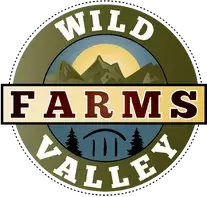|
By Cindy Cloninger
Like all good friends, 'vegetable friends' help each other out. Did you know that onions & leeks repel carrot flies? Or that lettuce tenderizes summer radishes? Knowing which plants benefit the other is a secret to successful gardening. And who doesn't love hanging out with a good friend?
There are lots of combinations of plants that grow really well together and have beneficial components for one another. We’ve narrowed this overwhelming and sometimes confusing process down for you. We've compiled a list of the most common crops, with the most beneficial plants to put together to take the guesswork out of companion planting and guarantee you’ll reap the benefits. What is companion planting?
While you may not have tried it, companion planting is all around us. The most common practice today comes from industrial farming where it is a common practice to plant vetch or legumes in the fall after harvest. Native Americans used this practice but called it, Three Sisters, planting corn, beans, and squash together.
So why go to all the trouble to plant next to each other or in the same space? The main benefits of companion planting are to provide mutually beneficial outcomes in soil nutrients, erosion control, weed control, deterring or attracting insects, and providing shade. Tomato
Carrots
Lettuce
Peas
Cucumber
Our last three have been planted together for hundreds of years so we’ve kept them together.
Squash, Beans, & Corn
Flowers
Adding if flowers around the borders of your garden and in between can attract pollinators, insects that will eat those that are a nuisance, and add beauty and color to the overall appearance of your garden beds.
Watch this great little video to learn why marigolds, buckwheat, lavender, daisies, and hollyhocks are great in your garden. And what some of the best flowers you haven’t even thought of to plant in your garden are. What are your favorite garden combinations?Recap the best vegetable friends with this quick slideshow:Cindy CloningerVirtual Assistant, blog manager, email & social media marketing assistant, web development. I enjoy hiking, fresh fruits & veggies, planting flowers, cooking great meals. But I love being a wife and mother the most. When I'm not doing all of those, I love to read and try new things. No matter the forecast, live like it's spring.
4 Comments
Stephanie Strope
6/8/2024 12:40:01 pm
What exactly is meant by "does not like"? Does this mean they shouldn't be planted near each other at all? I've planted lettuce next to celery and my potatoes next to tomatoes. Is this going to cause them issues? All plants are just sharing boxes and not on top of each other.
Reply
Leave a Reply. |
Archives
May 2024
Categories
All
|

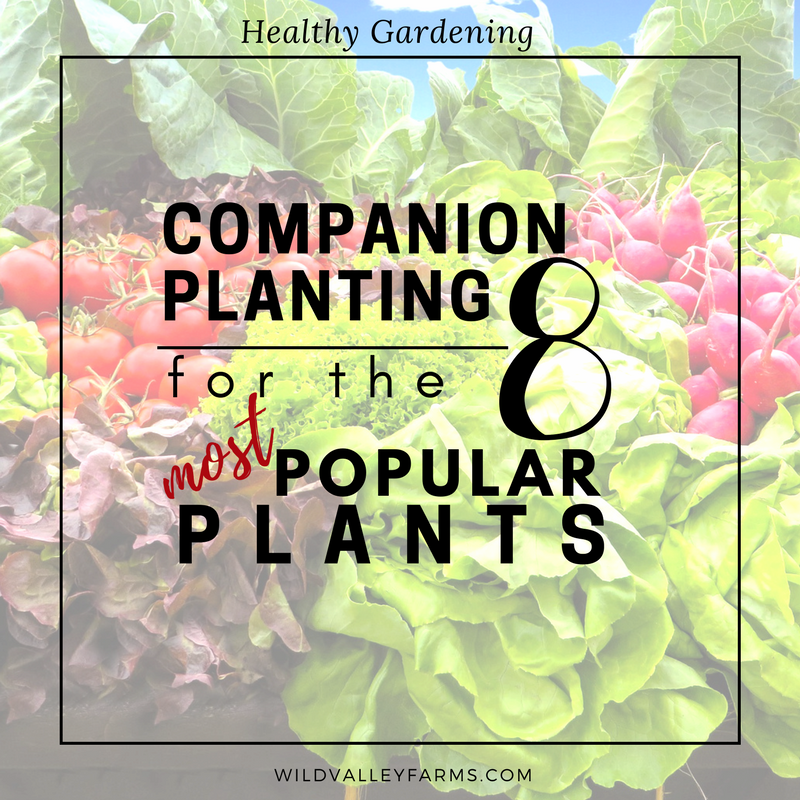


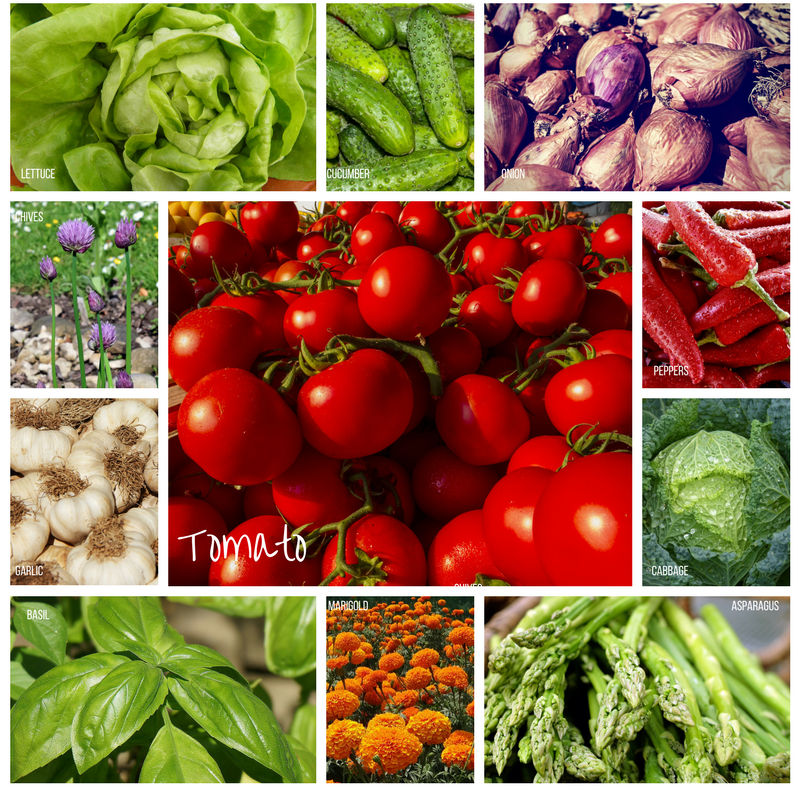

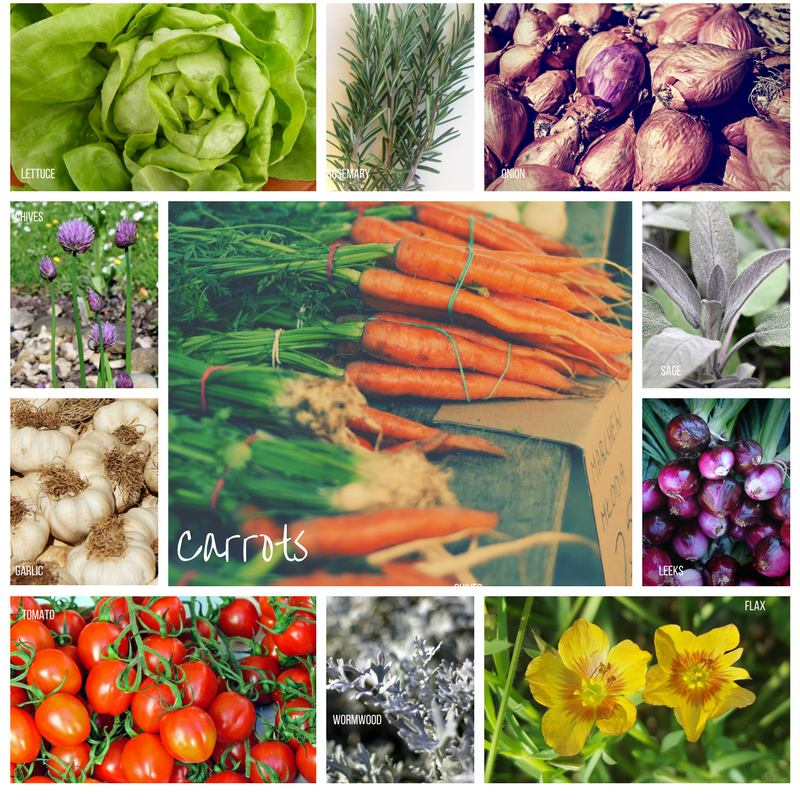

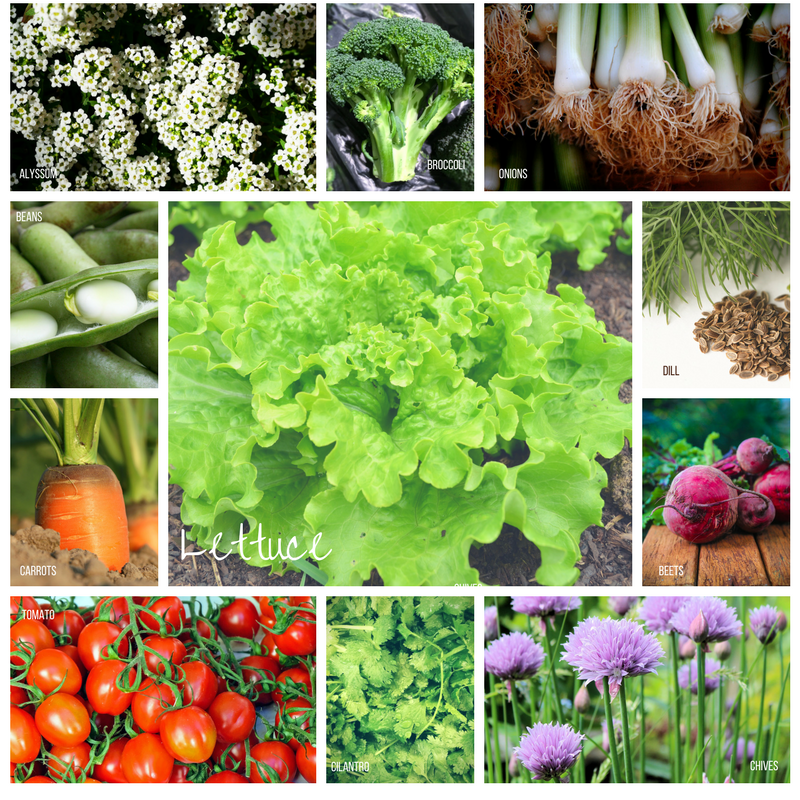

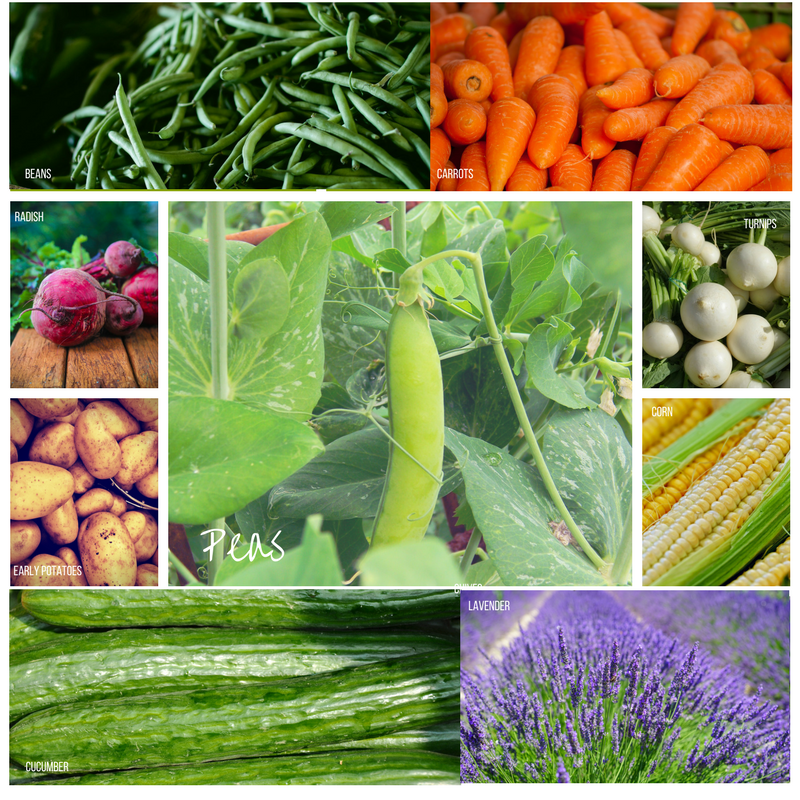

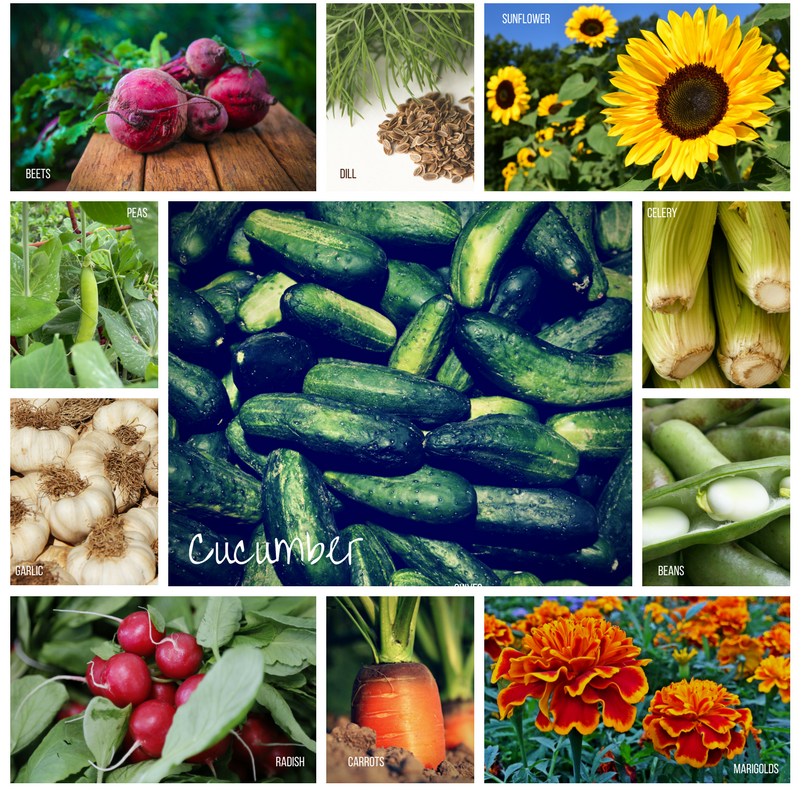

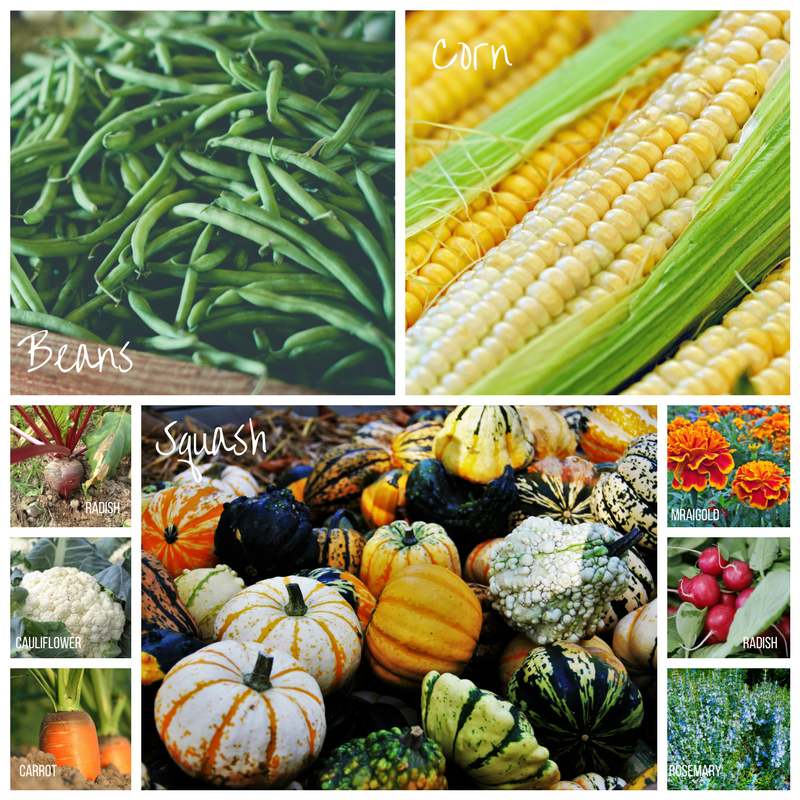


 RSS Feed
RSS Feed

